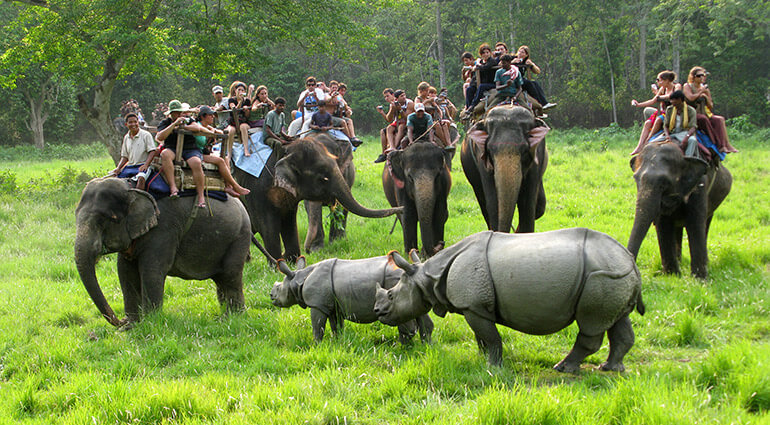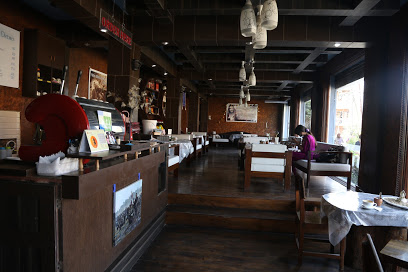

नेपाल सरकार
संस्कृति, पर्यटन तथा नागरिक उड्डयन मन्त्रालय
सिंहदरवार, काठमाण्डौ

Cultural
Culture is the patterns of learned and shared behavior and beliefs of a particular social, ethnic, or age group. It can also be described as the complex whole of collective human beliefs with a structured stage of civilization that can be specific to a nation or time period. Humans in turn use culture to adapt and transform the world they live in.

Natural
Natural describes something that comes from nature, rather than being man-made. The adjective natural is a common word with a lot of meanings. It describes anything that comes from nature.

Pashupatinath Temple
The Pashupatinath Temple is a famous and sacred Hindu temple that is located on the banks of the Bagmati River, approximately 5 km north-east of Kathmandu in the eastern part of Kathmandu Valley, the capital of Nepal. The temple serves as the seat of Pashupatinath. This temple was inscribed on the UNESCO World Heritage Sites's list in 1979.This extensive Hindu temple precinct is a sprawling collection of temples, ashrams, images and inscriptions raised over the centuries along the banks of the sacred Bagmati river and is included as one of the seven monument groups in UNESCO's designation of Kathmandu Valley.
_64.jpg)
Janakpurdham ( Janaki Temple )
Janakpurdham is an ancient city built on religious and cultural foundations. In ancient times, Janakpur, also known as Mithila, Bideha and Tirhut, was the capital of the Janakavanshi kings. This is explained in the Ramayana, Vedas, Puranas and other Upanishads about the advanced civilization of Mithila. The architecture, sculptures, designs and techniques of the temple are spectacular, revered, and symbols of faith and trust. The temple is spread over an area of 49,555 square feet. Although the huge temple of Mother Janaki was built in 1911, Saint Shurkishore Das of Lohagarh, Central India, discovered Janakpurdham in the 15th century and laid the foundation of the temple. Shurkishore Das was an exclusive devotee of Mata Janaki. So he was anxious to visit Mithiladham but he did not know where Mithiladham was. It is said that it was her mother Janaki who showed her the way to Janakpurdham in her dream. In 1784, King Manik Sen of Makwanpur donated 1400 bighas in the name of Janaki temp

Bouddhanath Stupa
The stupa is on the ancient trade route from Tibet which enters the Kathmandu Valley by the village of Sankhu in the northeast corner and continues to the ancient and smaller stupa of Cha-bahi named Charumati Stupa (often called Little Boudhanath). It then turns directly south, heading over the Bagmati River to Lalitpur, bypassing the main city of Kathmandu (which was built later). Tibetan merchants have rested and offered prayers at Boudha Stupa for many centuries. When refugees entered Nepal from Tibet in the 1950s, many decided to live around Boudhanath. The stupa is said to entomb the remains of Kassapa Buddha.

Chitwan National Park
Chitwan National Park is a preserved area in the Terai Lowlands of south-central Nepal, known for its biodiversity. Its dense forests and grassy plains are home to rare mammals like one-horned rhinos and Bengal tigers. The park shelters numerous bird species, including the giant hornbill. Dugout canoes traverse the northern Rapti River, home to crocodiles. Inside the park is Balmiki Ashram, a Hindu pilgrimage site. Address: Subarnapur 44200 Area: 952.6 km² Hours: Open now • Add full hours Established: 1973 State Party: Nepal It was listed in World Heritage Site in 1984.

Bajrayogini, Sankhu
Bajrayogini Temple is a Tantrik temple located at Sankhu in Nepal's Kathmandu Valley. It is also well known as Bodhisattva's Temple. The Bajrayogini Temple is situated roughly 20 kilometres northeast of Kathmandu. The area where it is located is often referred to as Gunbaha, which can be roughly translated from Newari as ‘recreational forest place’. The main temple is a three-story high building, which was obviously carefully constructed with the utmost attention to detail. You will likely find a statue of the goddess Bajrayogini in this temple which will feature a red face with three eyes as well as hands, which have the thumb and middle finger carefully, decorated. Ornaments surround her statue. . The attraction here is not only the various temples but also the many other interesting temples and caves which surrounding it – some of which are considered to be older than the temple itself.

The Chitwan National Park
The Chitwan National Park is a world heritage property, and it also contains a Ramsar Site – Beeshazari Tal in its buffer zone. The CNP has a history of over 3 decades in park management and a rich experience in resolving conflicts between the park and the people. It is a rich natural area in the Terai, the subtropical southern part of Nepal. A total of 68 species of mammals, 544 species of birds, 56 species of herpetofauna and 126 species of fish have been recorded in the park. The park is especially renowned for its protection of One Horned Rhinoceros, Royal Bengal Tiger and Gharial Crocodile




_Mall_919.jpg)









